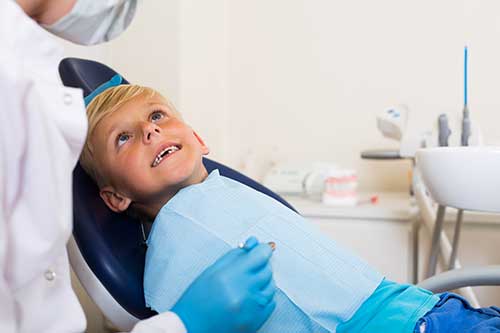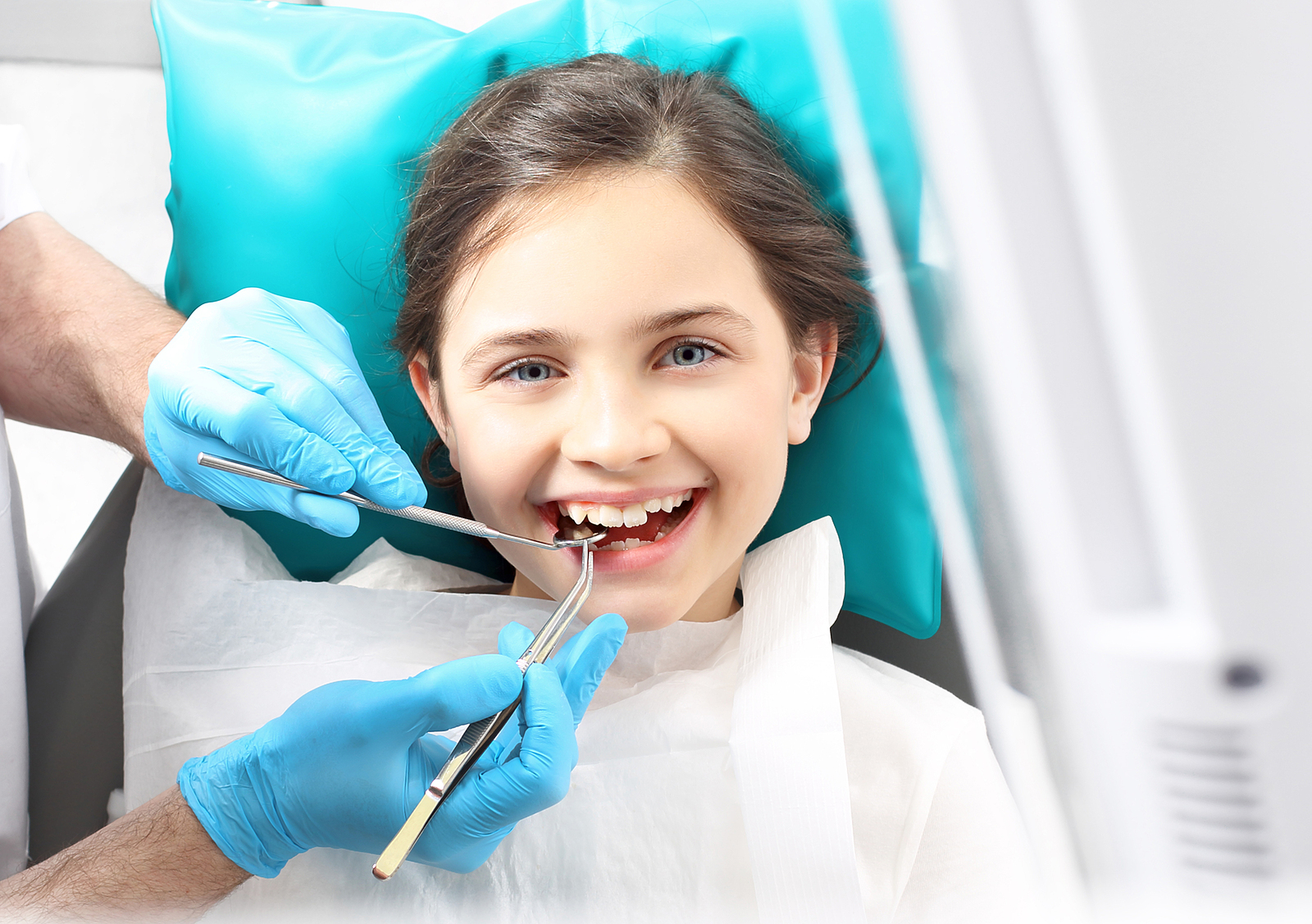7 Simple Techniques For Legacy Orthodontics
Wiki Article
The Facts About Legacy Orthodontics Uncovered
Table of ContentsLittle Known Facts About Legacy Orthodontics.Not known Incorrect Statements About Legacy Orthodontics Legacy Orthodontics Can Be Fun For EveryoneThe smart Trick of Legacy Orthodontics That Nobody is DiscussingThe Basic Principles Of Legacy Orthodontics
In enhancement, we use adjustable therapy timetables, versatile payment alternatives and a fun, satisfying experience.An orthodontist is a dental practitioner trained to identify, avoid, and treat teeth and jaw irregularities. They deal with existing conditions and are trained to recognize issues that might establish in the future. Orthodontists collaborate with people of every ages, from kids to adults. Individuals usually connect an ideal smile with health.
Malocclusion, or misaligned teeth, can lead to oral issues, consisting of dental caries, gum illness, and hard or uncomfortable eating. But not everybody is birthed with straight teeth. If you have a bad bite or huge areas between your teeth, you might desire to consult a dental expert focusing on orthodontic treatment.
More About Legacy Orthodontics
( Photo Credit Report: DigitalVision/Getty Images) Orthodontists make use of taken care of and detachable dental tools, like dental braces, retainers, and bands, to change the setting of teeth in your mouth. Orthodontic treatment is for dental abnormalities, including: Misaligned teethBite issues, like an overbite or an underbiteCrowded teeth or teeth that are also much apartJaw misalignmentThe objective of orthodontic treatment is to improve your bite.A healthy bite ensures you can eat, chew, and speak effectively. While you might consider orthodontists as mostly for youngsters or teens who require braces, they can remedy oral troubles at any type of age. Orthodontists attend college, dental institution, and orthodontic school. After college graduation, they invest 2 or 3 years in an orthodontic residency program.
, yet not all dental practitioners are orthodontists. They concentrate on 2 areas: How to effectively and securely move teeth Just how to effectively lead growth in the teeth, jaw, and faceOnce an orthodontist has finished training, they have the alternative to end up being board accredited.
Excitement About Legacy Orthodontics
Misalignment, or malocclusion, is one of the most common reason people see an orthodontist. It is genetic and is the outcome of size differences between the top and reduced jaw or in between the jaw and teeth. Malocclusion brings about tooth overcrowding, a misshapen jaw, or irregular bite patterns. Malocclusion is generally treated with: Your orthodontist affixes steel, ceramic, or plastic square bonds to your teeth.Some people need a headwear to aid move teeth into line with stress from outside the mouth. A retainer is a personalized device that maintains your teeth in area.
They're most usually used on kids. They can develop added area in the mouth without needing to pull teeth. If you have a major underbite or overbite, you might require orthognathic surgery (likewise called orthodontic surgery) to lengthen or reduce your jaw. Orthodontists utilize cables, medical screws, or plates to support your jaw bone.
You may need to see an orthodontist if you have: Crowding or not sufficient space for every one of your teethOverbite, when your upper teeth come by your base teethUnderbite, when your bottom teeth are as well far forwardSpacing or concerns with gapsCrossbite, which is when your top teeth fit behind your base teeth when your mouth is closedOpen bite or an upright gap between your front base and upper teethMisplaced midline, when the center of your base and top teeth don't align Fixing a dental malocclusion can: Make attacking, eating, and speaking easierImprove the symmetry of our face and your general appearanceEase pain from temporomandibular joint conditionsSeparate your teeth and make them easier to clean up, helping protect against dental caries or cavities It's commonly a dental professional who initially notifications misaligned teeth during a regular exam.
Things about Legacy Orthodontics

Throughout your first orthodontic examination, you'll likely have: A dental examPhotos taken of your face and smileDental X-raysPanoramic (360 level) X-rays of your face and headImpressions to create mold and mildews of your teethThese examinations will assist your orthodontist understand just how to wage your treatment. orthodontist. An orthodontist is a dental expert that's had training to treat your teeth and jaw
An orthodontist is focused on your bite, so something like a chipped tooth would be handled by a dental practitioner. Orthodontists are focused on your bite, or the means your teeth fit together, and the straightness of your teeth. Ever before questioned exactly how celebs always seem to have completely straightened teeth? The response commonly exists in the knowledgeable hands of an orthodontist. What precisely does an orthodontist do? Orthodontists are oral experts that focus on dealing with irregularities in the teeth and jaws. Their competence goes beyond simply developing a lovely smile; it prolongs to boosting your overall dental health and function.
See This Report about Legacy Orthodontics

, orthodontists have a diverse toolkit at their disposal. These tried-and-true braces utilize a system of braces adhered to the teeth and linked by wires.
These detachable trays are customized to progressively shift the teeth's position. In cases of slim jaws, palatal expanders can be utilized to produce room for correct tooth positioning.
Report this wiki page